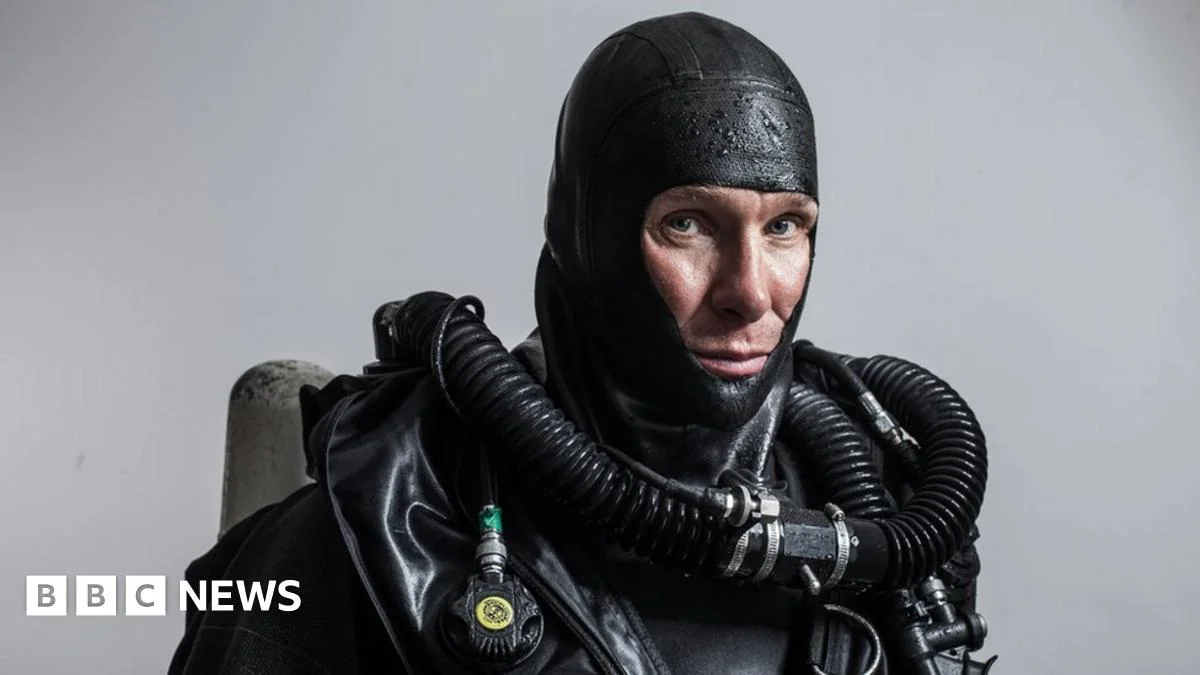The ban was supposed to close the underwater cavern to everyone. Instead, it set in motion one of the most audacious recoveries in modern diving: four Finnish friends, a clandestine plan, and a mission to bring two of their own back from the cold, black heart of a Norwegian cave.
The accident that changed a cave forever
In the winter of 2014, a team of highly trained Finnish cave divers entered Plura, a sprawling cave system near the town of Rana in northern Norway. Their goal was a technically demanding traverse through long, narrow passages and silted chambers, a route that attracts elite divers but tolerates little error.
Somewhere deep inside, tragedy struck. Two divers did not return. The passages were tight and unforgiving, the depths cold and absolute. After assessing the conditions, Norwegian authorities determined that retrieving the bodies would be too dangerous. A diving ban was imposed on Plura, sealing the site and, with it, any official hope of recovery.
Why cave divers go back
Cave diving occupies a narrow fringe of exploration where physics, physiology, and psychology collide. It demands carrying in everything a diver will need and solving problems in total darkness with a ceiling overhead. Even minor mishaps can cascade: a silt-out that destroys visibility, a snagged guideline, a failed light, a mismanaged breathing loop. Depth brings its own hazards—narcosis, carbon dioxide build-up, the slow-motion choreography of decompression stops on the way home.
Don Shirley, one of the world’s most experienced cave divers, put it plainly while describing a different expedition to NPR’s Snap Judgment: “The surface is not somewhere that you can actually go to solve a problem. When you have a problem, you have to solve that problem there where you are.” In overhead environments, there is no bolt to the sky—only the measured, practiced steps you drilled a hundred times before the day that matters.
“You are in pitch black, absolute pitch black. The darkness will eat the light.” — Don Shirley, speaking to NPR’s Snap Judgment
That ethos—meticulous planning, acceptance of risk, obligation to your team—helps explain what happened next in Norway. The official decision stood: leave the dead. But for the surviving friends, the story couldn’t end at the edge of a police line.
The secret mission
Despite the ban, four of the Finnish divers who had been on the original expedition resolved to go back. They built a plan that reads like an alpine siege translated underwater: assemble a larger support team, stage cylinders and safety gear along the route, rehearse communication and contingency protocols, and divide the work so no single diver spent more time than necessary in the most dangerous sections.
Over the course of a coordinated push—27 divers contributing a cumulative 101 diving hours by the operation’s end—the team slipped into Plura without fanfare. They worked by headlamp beams in narrow rock halls and in clouded chambers where a kicked fin could erase the world. The route to the victims required anguishing patience. Guidelines had to be protected from tangles, buoyancy kept neutral in tight passages, gas mixes and decompression schedules checked and rechecked at each milestone.
As with any recovery, there were ethical lines to weigh and personal thresholds to map. Their decision defied the ban and risked their lives. The same cold water that preserved the remains would not forgive a single lapse in preparation. Yet for the men and women inside that plan, bringing their friends home was non-negotiable.
Inside a hazardous craft
The deeper context for this choice lives in the rituals of the craft. In cave diving, redundancy is religion: multiple lights, multiple regulators, multiple ways out. Divers carry reels of white guideline and know how to find them again with a gloved hand and zero visibility. Rebreathers extend range but demand vigilance; too much exertion can flood a diver with carbon dioxide, a stealth hazard that steals judgment before strength.
Every detail has to function under cognitive load. As Shirley told NPR, even the act of adding oxygen at depth is fraught; a small error can quickly become catastrophic. And ascent is its own gauntlet—the slow unspooling of decompression, stop after stop, while the cold eats at you and time stretches thin.
In that framework, the Finnish team’s playbook was not romantic. It was procedural. It accounted for silt-outs, for failed gear, for exhaustion, for the unthinkable. When the work was done, they had done what authorities said could not be done: they had recovered both of their friends and exited the cave alive.
After the ban, the debate
News of the clandestine recovery ricocheted through the tight-knit world of technical diving and far beyond. To some, it was an act of reckless defiance—risking more lives to bring home the dead. To others, it was a solemn duty, carried out by people uniquely equipped to accept and mitigate the risks in a place they knew better than anyone else.
The episode’s moral gravity was part of its power. It touched the same nerve that makes rescue stories resonate: our instinct to go back, to return for one of our own, even when the calculation says “don’t.” The operation was later chronicled in the 2016 documentary Diving into the Unknown, which follows leaders of the Finnish team, including Patrik Grönqvist, Kai Känkänen, and Sami Paakkarainen, as they plan and execute the mission.
Placed alongside other cautionary tales in diving—the ill-fated body recovery attempt by Dave Shaw in South Africa’s Bushman’s Cave, for one—the Norway mission underscores a troubling truth. The same determination that fuels triumph can also draw people past the safe edge. It is, in part, what makes exploration human. It is also what makes it dangerous.
What the water remembers
Plura remains a place where the lights of a handful of divers have traced brief constellations along rock that took eons to carve. The ban did not outlast the controversy, but the cave still keeps its terms. In water that cold, under rock that ancient, time has a different depth. The divers who returned did so with a clear objective and a sober respect for a place that had proven its power.
For those outside the sport, the lessons are less about heroics and more about the line between risk and meaning. The divers did what they believed only they could do. They planned to the limits of their craft and acted within a code most of us will never need to live by.
- Cave environments are unforgiving; preparation and redundant systems are the only margin.
- In overhead environments, problems must be solved at depth—there is no quick escape to the surface.
- Acts of recovery can be both ethically fraught and deeply human, especially within tight-knit communities.



